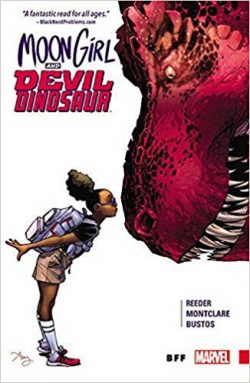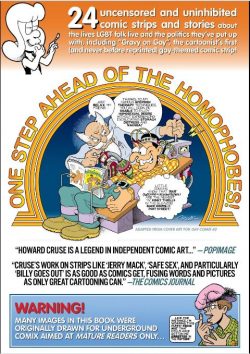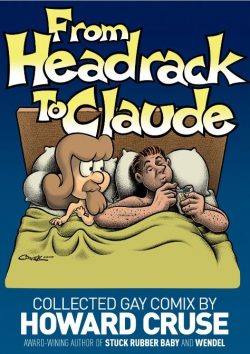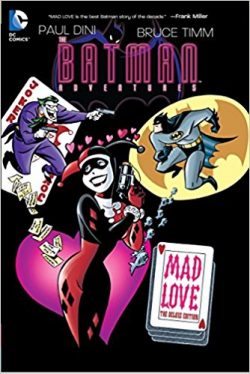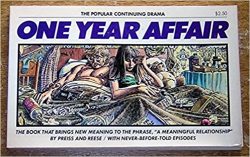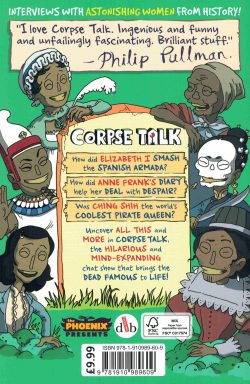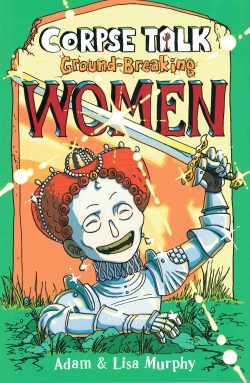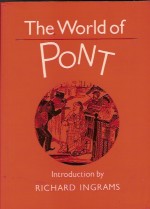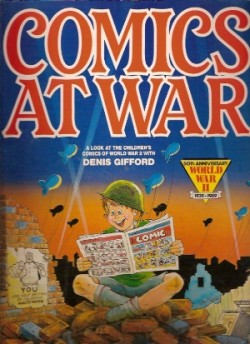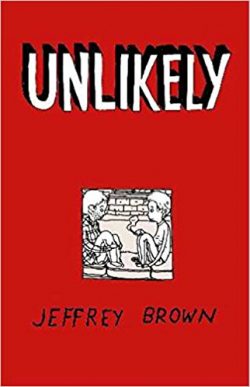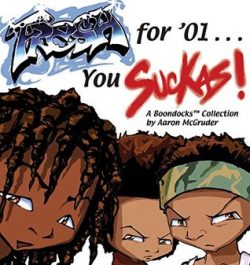
By Aaron McGruder (Andrews McMeel)
ISBN: 978-0-7407-1395-8
Unlike editorial cartooning, newspaper comic strips generally prosper by avoiding controversy. Other than a few notable exceptions – such as the mighty Doonesbury – daily and Sunday gag continuities aim to keep their readers amused, complacent and mostly uncomplaining.
Such was not the case with Aaron McGruder’s brilliant and much missed The Boondocks.
The strip ran from February 8th 1996 and ended – despite promises of a swift return – with the February 28th 2006 instalment. You might have seen the adapted and animated version on Cartoon Network’s Adult Swim a few years ago…
The feature was created for pioneer online music website Hitlist.com and quickly began a print incarnation in Hip-Hop magazine The Source. On 3rd December, the strip started appearing in national periodical The Diamondback before, following an editorial bust-up, McGruder pulled the strip in March 1997.
Nevertheless, it thrived after it was picked up by the Universal Press Syndicate. Re-launched nationally, The Boondocks had over 300 client subscribers, reaching – and regularly offending – millions of readers every day. Such was the content and set-up that the strip was constantly dropped by editors, and complaints from readers were pretty much perpetual.
What could possibly make a cartoon continuity such a lightning rod yet still have publishers so eager to keep it amongst their ever-dwindling stable of strip stars?
The Boondocks was always fast, funny, thought-provoking, funny, ferociously socially aware and perfectly honed for a modern black readership.
And it was Funny. Very, very Funny.
Most amazingly, after all these years, it still is, even though – not so shockingly – the social ills regularly highlighted in its panels remain undiminished to bedevil the Land of the Free and Home of the Brave…
The series never sugar-coated anything – except intemperate language – whilst bringing contemporary issues of race to the table every day. This was a strip many African American readers always wanted to read… even if they didn’t necessarily agree with what was being said and seen…
The narrative premise is deceptively, deliciously sitcom-simple, yet conceals a potent surprise in its delivery. Huey Freeman is an incredibly smart, well-informed black youngster who spent his formative years on Chicago’s South Side, immersed in black history, the philosophy of power, radical and alternative politics and most importantly The Streets.
His little brother Riley is mired in Hip-Hop and the trappings of Gangsta Rap. Yet suddenly one day they are both uprooted and whisked out of their comfort zone as their grandfather Robert assumes custody of them and moves the entire family to the whiter-than-white suburb of Woodcrest in semi-rural Maryland.
It’s mutual culture shock of epic proportions on all sides…
Huey (proudly boasting that he’s named for Black Panther co-founder Dr Huey Percy Newton) perpetually expounds his strident brand of radical rhetoric and pointedly calls out hypocrisy from the well-meaning but inherently patronising all-Caucasian township, but also finds equal amounts of hilarious disgust and venomous opprobrium for those overbearing, overhyped aspects of modern Black Culture our young rebel deems stupid, demeaning or self-serving…
Riley mostly likes scaring the oh-so-polite white folks and dreaming of the days he’s gonna have fast cars and shiny guns…
The Norman Rockwell picture-postcard setup really freaks them out: the air is clean, there are no tagged walls or take-out stores and old white people keep coming up to say hello…
The first recognizable semblance of normality occurs after another new family moves in next door. Thomas and Sarah Dubois are dyed-in-the-wool woolly liberals: yuppies, lawyers and Woodcrest’s first interracial couple.
Moreover, – and although she doesn’t understand any of the stuff Huey taunts her with – their daughter Jazmine is the suburb’s third black child… like, ever…
Even though Jazmine never thought of herself as any colour, Huey is determined to raise her consciousness… when he’s not taking her establishment-conditioned black dad to task on what colour his soul actually is…
Huey’s far less keen on the stalker-like attentions of Cindy McPhearson: a girl from school who has fallen under the mesmerising spell of network TV’s version of Black Culture. She wants to meet – or actually be – Snoop Doggy Dogg. Cindy hasn’t heard the term “Wigga†yet and Huey ain’t doing nothing but avoiding her: a tricky proposition since she sits behind him in class asking ever-dumber questions.
The boys’ enrolment at Edgar J. Hoover Elementary School caused many sleepless nights for Principal Williams but he cleverly borrowed a few videos (Menace II Society; Shaft’s Big Score) to get him up to speed on the special needs of “inner city ghetto youth†and is now assured that his terrified teachers can handle any possible hurdles the vast variance in backgrounds might cause…
In this second monochrome paperback (or eBook) collection, the class, race and generational conflict resumes with Huey and Grandpa squaring off over beloved cultural icons such as Otis Redding against Whitney Houston and Bobby Brown, before a new school year and an imminent Presidential Election throw a whole new swathe of injustices and potential disaster in Huey’s face…
However, the media’s dumbing-down of all important issues, the cultural atrocities playing on the radio from Woodcrest’s “only black station†or the excruciating embarrassment of poor Mr. Petto negotiating the hurdles of trying to teach Black History Month classes are as nothing compared to Cindy’s latest obsession: dreary, corporate music sell-out Sean Puffy Puff Daddy Combs…
Huey’s trenchant, non-stop spleen and ire eventually find suitable outlet after he creates his own newspaper – The Free Huey World Report – but just as the saccharine oppression seems most potent: when Huey and Riley have apparently assimilated as much as they’re ever going to in whiter-than-white Woodcrest, another black kid transfers to the school and tips the balance of power again.
Michael Caesar is from Brooklyn and brings his own unique attitudes to the ever-destabilised status quo and is more than happy to spend some time working to bring about The Revolution…
Peppered with hilarious and outrageous commentary on the many forgettable candidates in the 2000 election (anybody remember Alan Keyes or Ralph Nader?), highlights here include Huey agreeing to teach clueless Thomas Dubois to access in his inner blackness, Riley’s constant applications to join the NRA (because they can probably get him guns) and Huey exposing subliminal messages in candidate George W. Bush’s campaign ads…
And then Grandpa Robert sells out: beginning a part-time job with the Census Bureau, taking names and spying on the people as an agent of the counter-revolutionary, pro-establishment forces of oppression…
Don’t go away with the misapprehension that The Boondocks is a declamatory polemical diatribe, drowning in its own message. First and foremost, this is a strip about kids growing up, just like Bloom County or Calvin and Hobbes. Some of the most memorable riffs come from the boys’ reactions to the ongoing travesties of the revived Star Wars franchise or black actors in superhero movies; Cindy’s wholehearted adoption of television advertising tropes and sacrosanct cultural touchstone “The Blues†and Huey’s procrastinating war with himself over mowing the lawn…
Bonkers, hilariously sharp, charmingly addictive and still with a vast amount to say, The Boondocks is a strip you need to see if you cherish speaking Wit as well as Truth to Power…
The Boondocks © 2001 by Universal Press Syndicate. All rights reserved.

